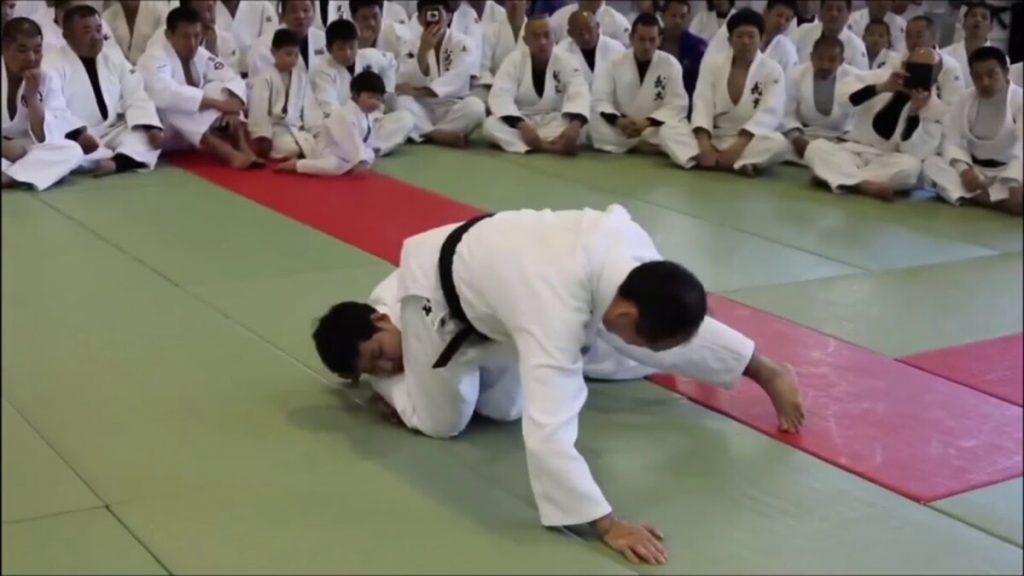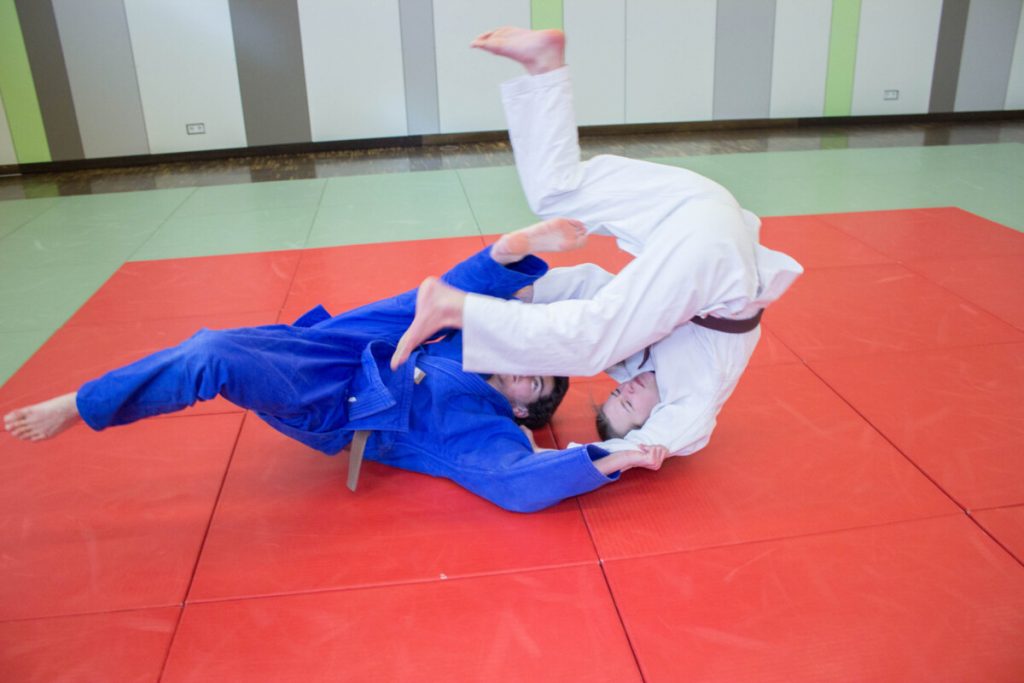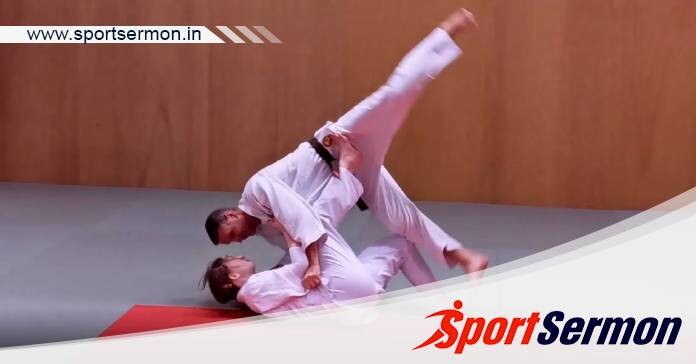Tomoe Nage: Among the most efficient and basic throws in grappling is the classic tomoe nage throw, which embodies the essence of Judo—the ability to turn an opponent’s force against them. The tomoe nage is a vital standing throw in BJJ and Judo that is easy to do (in theory) but requires a high degree of technical skill to perform against strong opponents. In this article, we’ll discuss the concept, background, and uses of Tomoe Nage.
The Tomoe Nage: What Is It?
Tomoe nage, also known as the “circular throw,” falls within the category of “Sutemi Waza,” which includes sacrificial methods. In order to execute a forceful throw, the performer purposefully puts himself in a potentially vulnerable position in these manoeuvres, usually on their back. The phrase “tomoe nage” alludes to the fluidity necessary in its performance. It is derived from the Japanese words “tomoe,” which means circular, and “nage,” which means throw.
The origins of Judo in the late 1800s are the historical source of the tomoe nage. It was adopted into Kodokan Judo by Jigoro Kano, the creator of Judo, who created a martial art system that combined the useful methods of ancient Japanese jujitsu with a philosophy that emphasised efficiency over effort.
You might also be interested in reading this: BJJ Uchi Mata – How To Master This Technique?
How to Do It

The tomoe nage might be characterised as a misdirection throw in practical use. The opponent is first drawn closer and their equilibrium is upset as the throw pulls them forward. When the time is correct, descend yourself while putting a frame—typically one foot—on the opponent’s hip or lower abdomen. By making this move, you’ll compel your opponent to roll forward defenceless. A thorough grasp of time and balance is necessary for a proficient tomoe nage. The throw might expose you to counterattacks like guard passes if it is executed erratically. This implies that if you want to employ this in really stressful situations, such as tournaments, you need to have complete confidence in your execution.
You may do the Tomoe-nage in a variety of ways. The ma-sutemi-waza (rear sacrifice method variant) and yoko tomoe nage (side circle throw variation) are two examples. The only difference between these tactics is how you carry out the throw; otherwise, the idea of “sacrificing” your position remains the same.
Shintaro Higashi shows you how to perform the tomoe nage safely in this video. For anyone new to the sport, we highly recommend watching this great introduction video. He begins by explaining that the appropriate forward stride is essential for the uke because it gets the body ready for the throw. To begin the real method, take a double lapel hold first. As you descend onto your back, squat down and plant your leg on the hip of your training partner. Keep in mind to let your spouse take a full step forward during this so they may roll over comfortably. To complete the throw, release your grasp and use your leg to drive them over.
Keep in mind that this is a beginner’s exercise, so you’ll need to adjust how you throw in real sparring. However, we recommend that you begin with this variety and expand your understanding from there.
Three Important Tomoe Nages to Know
The straight back tomoe nage is the first move Shintaro teaches. Like in the previous video, all you have to do to get from a right to right stance is sit down, draw yourself under, and toss them over utilising a leg frame. This is the Tomoe Nage variety that is most often used. The yoko tomoe nage method, which involves falling to the side of your sleeve hold, is the next move. Attack the far hip by stepping to the side of the sleeve hold and pushing and rotating their hand beneath.
The last technique is a yoko tomoe nage, however it is administered to the sleeveless hand this time. Start with your right leg near the person’s belt line, grab the collar and sleeve in the starting position, pull them forward, fall to the side and roll them over to finish.
Practice Turns Into Permanent

It’s important to remember that this technique, like all BJJ techniques, should only be mastered under the supervision of an experienced teacher. This guarantees that the right approach is used at every stage. Recognise that consistent drilling is required with this method. It may sound straightforward enough, but as was previously noted, there are a lot of moving components.
You might lose the match if you perform the tomoe nage move incorrectly, so please practise until you get the hang of it. Drilling your grip entry first makes sense since without the right grips, you cannot execute the throw. From here on, increase the resistance in your workout, and you should be set to go.
This move may be used by a guard player to compel their opponent to drop as you return to guard. Threatening the sacrifice throw may sound odd at first, but it may put them on the defensive and give you space to move to your preferred spots.
Although the tomoe nage may be utilised in No-Gi situations, using it in tandem with a Gi significantly boosts its efficacy. When one has more possibilities to dominate the opponent by grabbing the collar and sleeve, it becomes much harder to counter such techniques.
In summary
One of the finest instances of utilising an opponent’s strength against them to transform defence into offence is the tomoe nage. This age-old method shows how grasping and utilising the dynamics of force may produce unexpected and potent effects in the martial arts and possibly in life. utilising this approach can improve your understanding of how to attack without utilising strength, regardless of your grappling style. Let us know if the Tomoe Nagage works for you after giving it a try.

